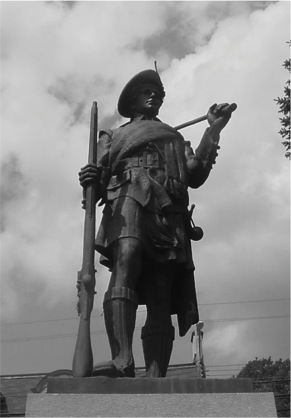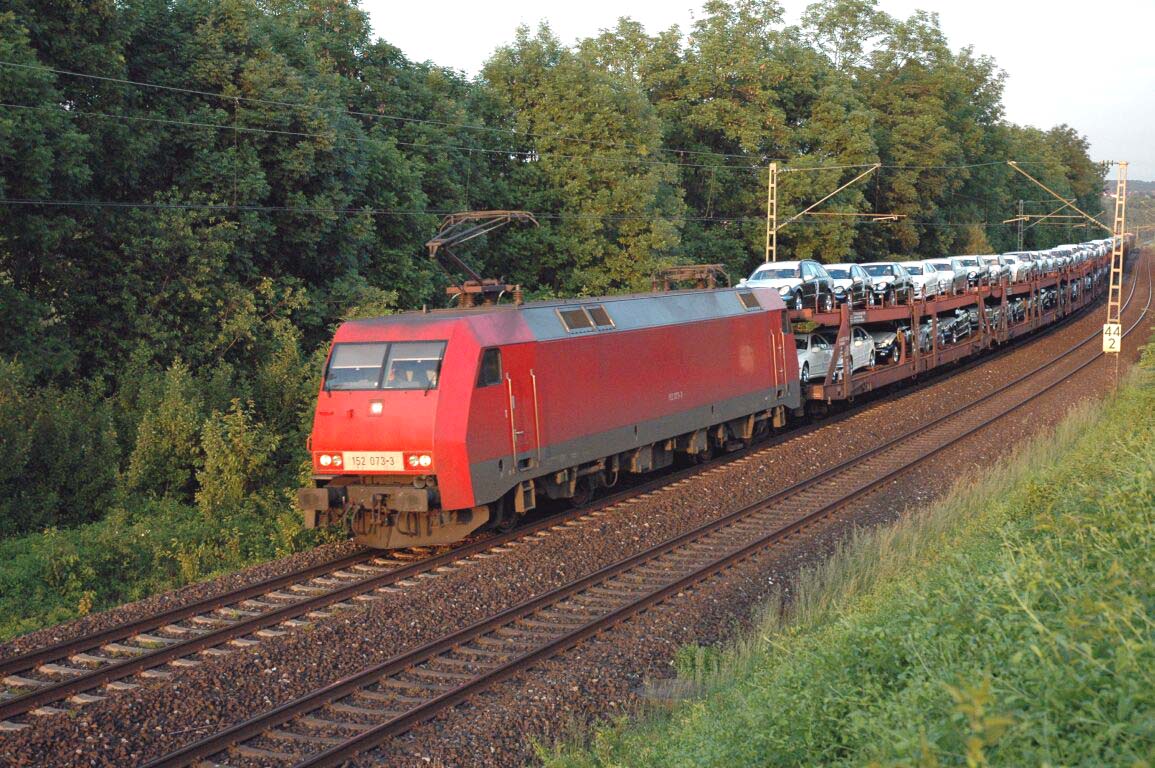|
Westray Mine
The Westray Mine was a Canadian coal mine in Plymouth, Nova Scotia. Westray was owned and operated by Curragh Resources Incorporated (Curragh Inc.), which obtained both provincial and federal government money to open the mine, and supply the local electric power utility with coal. The mine opened in September 1991, but closed eight months later when it was the site of an underground methane explosion on May 9, 1992, killing all 26 miners working underground at the time. The week-long attempts to rescue the miners were widely followed by national media until it was obvious there would be no survivors. About a week later, the Nova Scotia government ordered a public inquiry to look into what caused one of Canada's deadliest mining disasters, and published its findings in late 1997. The report stated that the mine was mismanaged, miners' safety was ignored, and poor oversight by government regulators led to the disaster. A criminal case against two mine managers went to trial in the ... [...More Info...] [...Related Items...] OR: [Wikipedia] [Google] [Baidu] |
Pictou County, Nova Scotia
Pictou County is a county in the province of Nova Scotia, Canada. It was established in 1835, and was formerly a part of Halifax County from 1759 to 1835. It had a population of 43,657 people in 2021, a decline of 0.2 percent from 2016. Furthermore, its 2016 population is only 88.11% of the census population in 1991. It is the sixth most populous county in Nova Scotia. Etymology The origin of the name "Pictou" is obscure. Possible Mi'kmaq derivations include "Piktook" meaning an explosion of gas, and "Bucto" meaning fire, possibly related to the coal fields in the area. It might also be a corruption of Poictou (Poitou), a former province of France. Nicolas Denys named the harbour ''La rivière de Pictou'' in the 1660s. History The area of the modern Pictou County was a part of the Miꞌkmaq nation of Mi'kma'ki (''mi'gama'gi'') at the time of European contact. In the early 1600s France claimed the area as a part of Acadia. By the 1760s, small French settlements existed along ... [...More Info...] [...Related Items...] OR: [Wikipedia] [Google] [Baidu] |
Springhill, Nova Scotia
Springhill is a community located in central Cumberland County, Nova Scotia, Cumberland County, Nova Scotia, Canada. The community was founded as "Springhill Mines". Coal mining led to economic growth, with its incorporation as a town in 1889. The mines in the Springhill coalfield were established in the 19th century, and by the early 1880s were being worked by the Cumberland Railway and Coal Company, Cumberland Coal & Railway Company Ltd. and the Cumberland Railway and Coal Company, Springhill & Parrsboro Coal & Railway Company Ltd. These entities merged in 1884 to form the Cumberland Railway and Coal Company, Cumberland Railway & Coal Company Ltd., which its investors sold in 1910 to the industrial conglomerate Dominion Coal Company, Dominion Coal Company Ltd. (DOMCO). All coal mining had ceased in the area by the early 1970s. The community is famous for both the Springhill Mining Disaster and being the childhood home of international recording star Anne Murray, who is honoured ... [...More Info...] [...Related Items...] OR: [Wikipedia] [Google] [Baidu] |
Springhill Mining Disaster
Springhill mining disaster may refer to any of three deadly Canadian mining disasters that occurred in 1891, 1956, and 1958 in different mines within the Springhill coalfield, near the town of Springhill in Cumberland County, Nova Scotia. In the 1891 accident, 125 died; in 1956, 39 were killed; and in 1958, 75 miners were killed. The mines in the Springhill coalfield were established in the 19th century, and by the early 1880s were being worked by the Cumberland Coal & Railway Company Ltd. and the Springhill & Parrsboro Coal & Railway Company Ltd. These entities merged in 1884 to form the Cumberland Railway & Coal Company Ltd., which its investors sold in 1910 to the industrial conglomerate Dominion Coal Company Ltd. (DOMCO). Following the third disaster in 1958, the operator Dominion Steel & Coal Corporation Ltd. (DOSCO), then a subsidiary of the A.V. Roe Canada Company Ltd., shut its mining operations in Springhill, and they were never reopened. the mine properties, am ... [...More Info...] [...Related Items...] OR: [Wikipedia] [Google] [Baidu] |
Coal Dust
Coal dust is a fine-powdered form of coal which is created by the crushing, grinding, or pulverizer, pulverization of coal rock. Because of the brittle nature of coal, coal dust can be created by mining, transporting, or mechanically handling it. Grinding or pulverizing coal to a dust form before combusting it improves the speed and efficiency of burning, which makes the coal easier to handle. However, coal dust is dangerous goods, hazardous to workers if it is suspended in air outside the controlled environment of grinding and combustion equipment. It poses the acute hazard of forming an explosive mixture in air and the chronic hazard of causing pulmonary illness in people who inhale excessive quantities of it. The distribution of the particle-size of coal dust is frequently measured in Mesh (scale), mesh. The British slang term for cheap fuel consisting of coal dust (slack) containing small lumps of coal (nuts) is wikt:nutty slack, nutty slack. Energy generation For use in the ... [...More Info...] [...Related Items...] OR: [Wikipedia] [Google] [Baidu] |
Leroy Legere
Joseph Leroy Legere (born August 24, 1945) is a Canadian politician. He represented the electoral district of Yarmouth in the Nova Scotia House of Assembly from 1988 to 1993. He was a member of the Progressive Conservative Party of Nova Scotia. Early life Legere is the son of Felton Legere, a former Member of Parliament, and Etta Surette. Political career Legere was elected in the 1988 election, defeating former Liberal MLA Fraser Mooney by 341 votes in the Yarmouth riding. He served in the Executive Council of Nova Scotia as Minister of Labour and Minister of Fisheries. He was Minister of Labour at the time of the Westray Mine The Westray Mine was a Canadian coal mine in Plymouth, Nova Scotia. Westray was owned and operated by Curragh Resources Incorporated (Curragh Inc.), which obtained both provincial and federal government money to open the mine, and supply the loca ... disaster. His department was responsible for safety at the mine, and Legere faced criticism over hi ... [...More Info...] [...Related Items...] OR: [Wikipedia] [Google] [Baidu] |
Bernie Boudreau
James Bernard Boudreau (born July 25, 1944) is a Canadian lawyer and politician. Provincial politics Boudreau was elected to the Nova Scotia House of Assembly from Cape Breton The Lakes in the 1988 provincial election. He was re-elected in 1993, and was appointed to the Executive Council of Nova Scotia The Executive Council of Nova Scotia (informally and more commonly, the Cabinet of Nova Scotia) is the cabinet of the Canadian province of Nova Scotia. Almost always made up of members of the Nova Scotia House of Assembly, the cabinet is s ... as Minister of Finance in the Liberal government of John Savage (Nova Scotia politician), John Savage. From 1996, he served as Minister of Health. When Savage resigned in 1997, Boudreau entered the Nova Scotia Liberal Party leadership elections#1997 leadership convention, leadership race to succeed him, but was defeated by Russell MacLellan, prompting Boudreau to leave provincial politics. Federal politics In October 1999, Prim ... [...More Info...] [...Related Items...] OR: [Wikipedia] [Google] [Baidu] |
TrentonWorks
TrentonWorks is an industrial manufacturing facility located in the town of Trenton, Nova Scotia, Canada. This collection of factories on the bank of the East River of Pictou has witnessed a large variety of industrial operations, ranging from steel making (the first steel plant in Canada), rolling mills, forging, shipbuilding, munitions manufacturing, rivets and bolts, and most recently (and longest lasting) rail cars. The extensive plant was converted to manufacture wind turbine components for South Korean industrial conglomerate Daewoo Shipbuilding & Marine Engineering in its first foray into North America; this was made possible through corresponding investments by both the Government of Nova Scotia and the Government of Canada. History Predecessor companies (1872–1962) The Hope Iron Works was founded at Trenton by blacksmiths Graham Fraser and Forrest MacKay in 1872 to produce iron forgings such as anchors for use in wooden sailing ships with the business expanding in ... [...More Info...] [...Related Items...] OR: [Wikipedia] [Google] [Baidu] |
Crown Corporation
Crown corporation () is the term used in Canada for organizations that are structured like private companies, but are directly and wholly owned by the government. Crown corporations have a long-standing presence in the country, and have a significant economic impact, with commercial operations equivalent to 7% of Canadian GDP. Crown corporations are created to advance government policy objectives. Often they provide services to the public that are not economically viable for a private enterprise, or that do not fit exactly within the scope of any ministry. They represent a form of state-owned enterprise. Crown corporations are established by an Act of Parliament, act of parliament or an act of a provincial legislature. Federal government Crowns report to the relevant Minister of the Crown, minister in Cabinet of Canada, Cabinet, though they are "shielded from constant government intervention and legislative oversight" and thus "generally enjoy greater freedom from direct pol ... [...More Info...] [...Related Items...] OR: [Wikipedia] [Google] [Baidu] |
Nova Scotia Power
Nova Scotia Power Inc. is a vertical integration, vertically integrated electric utility in Nova Scotia, Canada. It is privately owned by Emera and regulated by the provincial government via the Nova Scotia Utility and Review Board (NSUARB). Nova Scotia Power provides electricity to 520,000 residential, commercial and industrial customers in Nova Scotia. History 20th century The Nova Scotia Power Commission was formed in 1919 by the provincial government, following the lead of several other Canadian provinces in establishing Crown corporation electrical utilities. The commission constructed and opened its first hydro plant at Tantallon, Nova Scotia, Tantallon the following year. Throughout the 1920s-1960s, the commission grew as private and municipal owned hydro plants and electrical utilities went bankrupt or sold their assets. In 1960, Nova Scotia was connected to the NB Power, New Brunswick Electric Power Commission in the first electrical inter-connection between provinces i ... [...More Info...] [...Related Items...] OR: [Wikipedia] [Google] [Baidu] |
Trenton Generating Station
__NOTOC__ The Trenton Generating Station or Trenton GS is a 310 MW Canadian thermal generating station located in the town of Trenton, Nova Scotia. The plant is located on the banks of the East River in the town of Trenton. There are a total of six units at the site although not all are operating at the current time. Units 1 and 2 were completed by the Nova Scotia Power Commission by 1952. The third unit came on-line in 1955 and the fourth in 1960. When the 150 MW Unit 5 went into production in 1970, the Trenton plant was the largest single thermal generating station in the Atlantic Provinces at that time. Unit 6 was commissioned in 1991. The initial boilers (Units 1 to 4) were designed to burn coal mined nearby in Pictou County as well as on Cape Breton Island. Units 5 and 6 could burn either coal or Bunker C oil. The current operating units (5 & 6) burn coal or oil and feature two chimneys; one 152 m (500 ft) and one 92 m (300 ft). The taller stack is tied ... [...More Info...] [...Related Items...] OR: [Wikipedia] [Google] [Baidu] |
Unit Train
A unit train, also called a block train or a trainload service, is a train in which all cars (wagons) carry the same commodity and are shipped from the same origin to the same destination, without being split up or stored en route. They are distinct from wagonload trains, composed of differing numbers of cars for various customers. Unit trains enable railways to compete more effectively with road and internal waterway transport systems. Time and money are saved by avoiding the complexities and delays that would otherwise involve assembling and disassembling trains at rail yards near the origin and destination. Unit trains are particularly efficient and economical for high-volume commodities. Since they often carry only one commodity, cars are of all the same type; often identical. Some commodities (e.g., coal) can be loaded at the origin while the train moves slowly on a loop track. The procedure is reversed at the receiving end, and because there generally is not any commodity ... [...More Info...] [...Related Items...] OR: [Wikipedia] [Google] [Baidu] |




